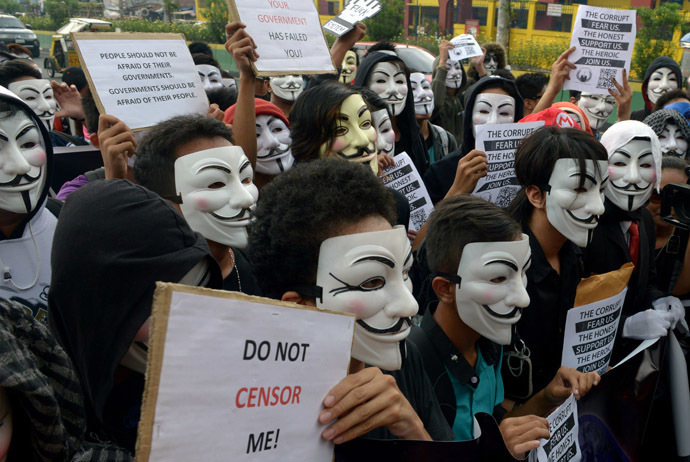Yesterday’s CAP conference was the first of the sort that I attended, and I was shocked by how interested and in awe I was of all of the presentations. The conference was able to bring all of the CAP streams together, and we got to see exactly what other streams had been working on and learning about all year. In the first panel I attended, Helen Wagner’s “National Geographic and the Photographic Gaze: The Commodification of Indigenous Peoples in Consumer Culture” struck me the most. This may have been because it covered topics we did in the Global Citizens stream, including commodification. She presented the argument that by photographing the lives of certain Indigenous peoples but failing to include much of their culture, National Geographic has turned many Indigenous peoples and cultures into a commodity for Westerners to look at and enjoy. For me, this brought a new light to NG because I’d always assumed that the organization worked for the best interests of the Indigenous peoples it photographed. Though I don’t doubt that it does, I now question whether the way they commodify their faces and cultures is respectable.
Thinking about the commodification of marginalized peoples from an ASTU perspective, we could discuss the representation (or misrepresentation) of their cultures as their stories are Westernized for consumption. Much like the narratives of drug addicts on the Downtown Eastside in Through A Blue Lens, the stories of the indigenous peoples in National Geographic are portrayed in a way that the privileged will understand them. It was interesting to make the connection between the presentation of someone in a different stream who had taken different courses, yet be able to apply what she discussed to what we as Global Citizens learned this year.
I would also like to note that all of the presentations and showcased items done by members of the Global Citizens stream were great. There was passion, and everyone seemed to be truly enjoying what they were doing. I especially loved David How’s presentation “Raise the Vote: Addressing the Youth Voter Crisis” and his goal to create an apolitical organization to educate and empower university students to vote in the next federal election. I hope to be able to help him in doing this and that many others will want to do so as well. I feel that David, along with all of the other GC presenters, represented our stream magnificently. Having been a part of this stream, for me, has been one of the best parts of my first year in university. Throughout all the courses we took, which seem to be such different genres of learning, we were able to make connections and learn about our global world in a way I never have before. Globalization, modernization, commodification, and marginalization all found their way into most of our courses. Plus, it helps to be able to make connections and friendships with people that are in three of your classes. I can genuinely say that as we move to second year, I will miss the GC stream aspect of my learning.





